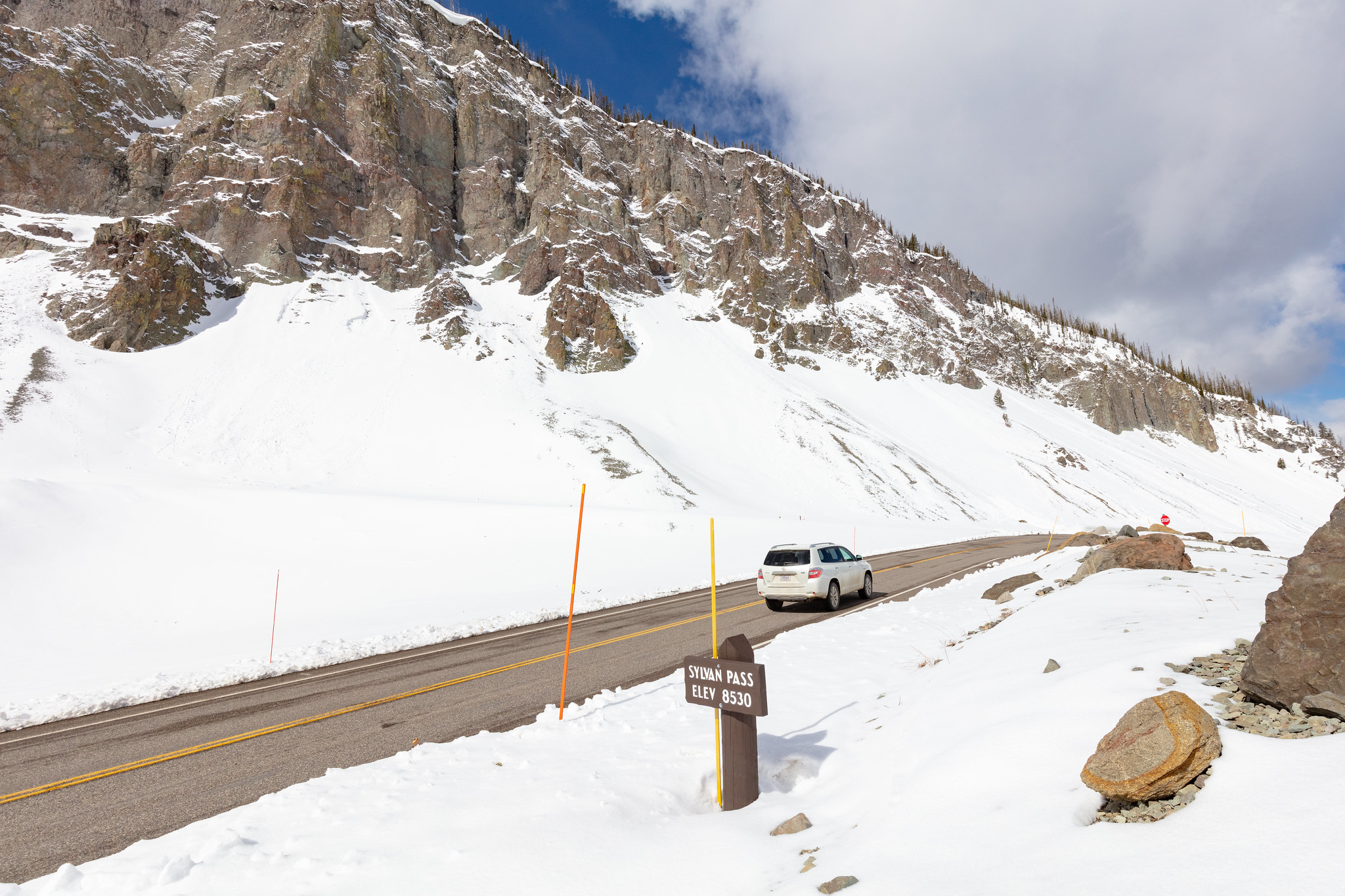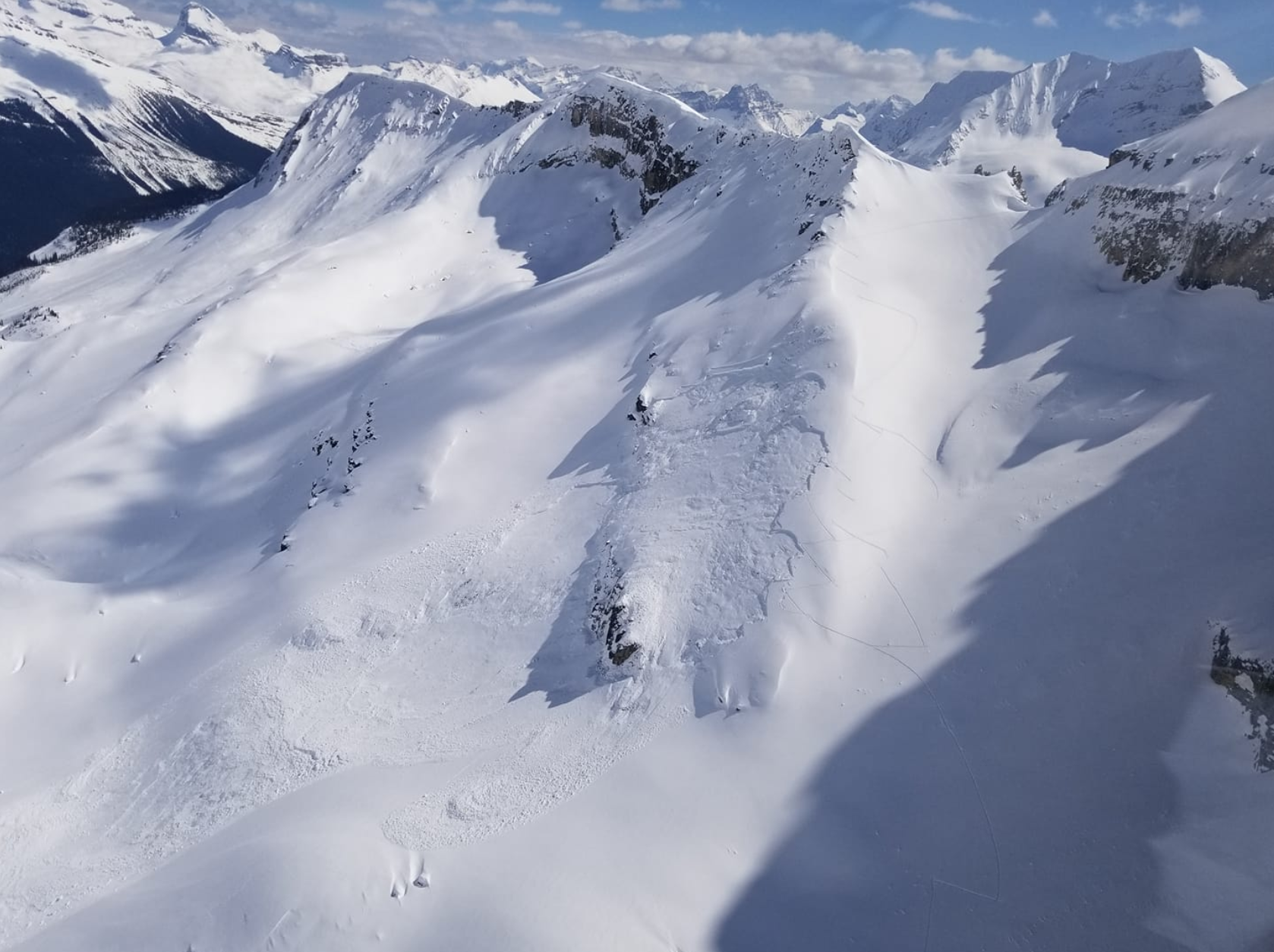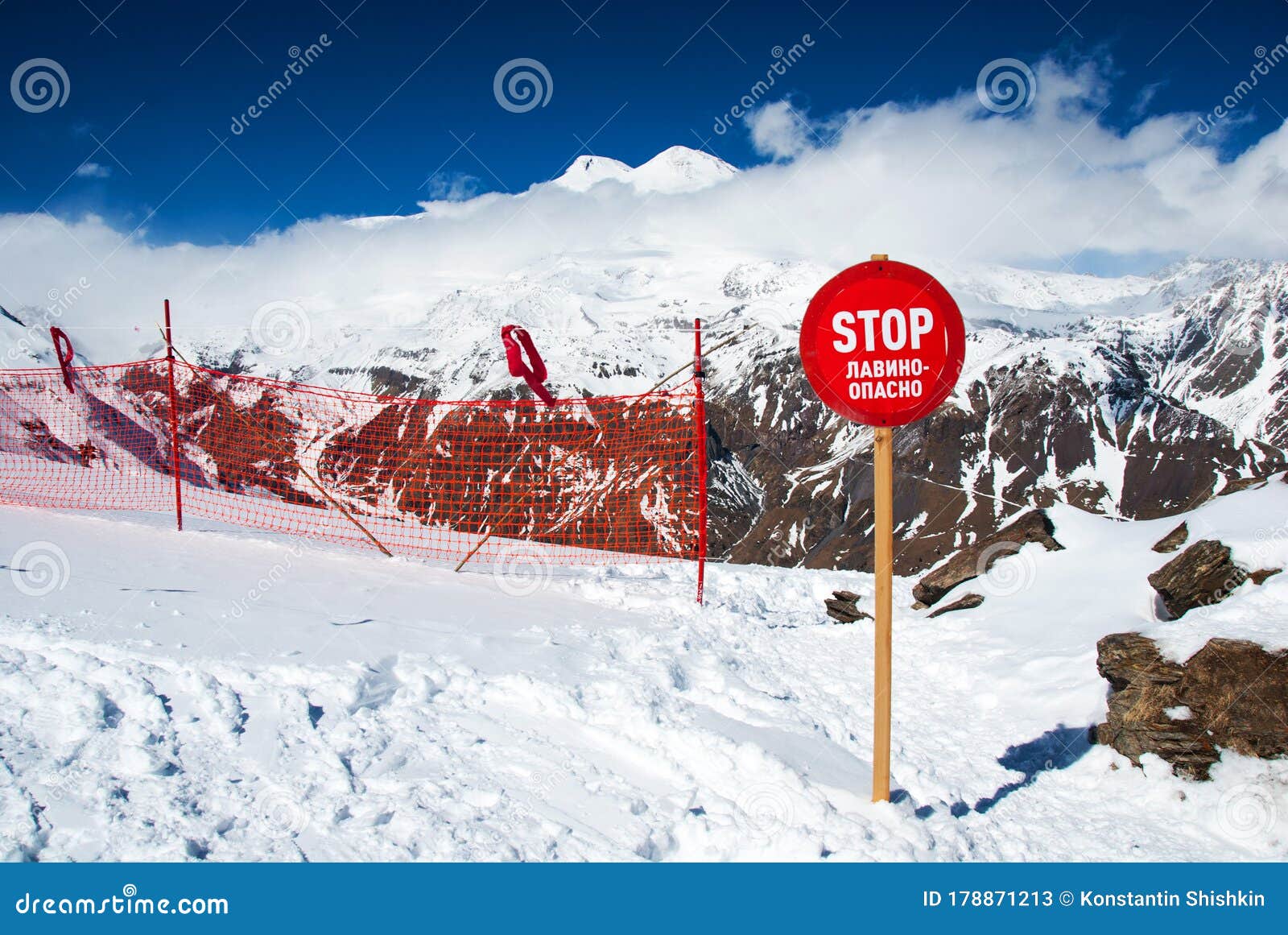In the realm of outdoor adventure, avalanches pose a significant threat, demanding vigilance and informed decision-making. Embracing the importance of safety, "Avalanche Warning: Stay Informed For Safety Today" stands as a crucial message, not merely a phrase but a pivotal action.

Anticipate temporary road closures on East Entrance Road in Yellowstone - Source www.nps.gov
Editor's Notes: "Avalanche Warning: Stay Informed For Safety Today" has been published to address the vital need for educating outdoor enthusiasts, hikers, skiers, and mountaineers alike about the dangers of avalanches and the importance of staying informed to mitigate risks. Our team has meticulously analyzed data, consulted experts, and synthesized information to present this comprehensive guide, empowering our readers to make informed decisions and prioritize safety in their outdoor pursuits.
Through this guide, we aim to equip individuals with the knowledge and resources necessary to:
- Understand avalanche dynamics and risk assessment
- Interpret avalanche forecasts and warnings
- Plan safe routes and make informed decisions in avalanche terrain
As we delved into the complexities of avalanche safety, we identified key differences and takeaways that underscore the significance of staying informed:
| Unaware | Informed |
|---|---|
| Limited knowledge of avalanche risks | In-depth understanding of avalanche dynamics and risk factors |
| Reliance on luck or others' decisions | Empowered with knowledge and decision-making abilities |
| Increased vulnerability to avalanches | Reduced risk through informed route planning and decision-making |
Embarking on the journey of "Avalanche Warning: Stay Informed For Safety Today," we delve into the following topics to provide a comprehensive understanding of avalanche safety:
FAQ
Avalanche safety starts with being aware. Staying informed can help to keep everyone safe from this deadly mountain hazard. To that end, here are a few frequently asked questions.

Parks Canada Issues Avalanche Warning - Powder Canada - Source powdercanada.com
Question 1: What is an avalanche warning?
An avalanche warning is a public announcement issued by the local avalanche center. It provides detailed information about the avalanche hazard within a specific region and time period.
Question 2: Who issues avalanche warnings?
Local avalanche centers and the National Weather Service issue avalanche warnings.
Question 3: Where can I find avalanche warnings?
Avalanche warnings are available from local avalanche centers and the National Weather Service website.
Question 4: How do I know if an avalanche warning applies to me?
Avalanche warnings are typically issued for specific areas. Stay informed about the avalanche hazard in your area and avoid traveling in areas under an avalanche warning.
Question 5: What should I do when I am caught in an avalanche?
If you are caught in an avalanche, try to swim to the surface. Once you reach the surface, create an air pocket by pushing your arms up in front of your face. Remain calm and wait for help to arrive.
Question 6: How can I stay safe from avalanches?
The best way to stay safe from avalanches is to avoid traveling in areas under an avalanche warning. But, if you must travel in avalanche terrain, be sure to equip yourself with the proper gear, including a beacon, shovel, and probe.
Check out a detailed Avalanche Warning: Stay Informed For Safety Today on how to prepare for and respond to avalanche danger.
Knowing the risks and taking proper precautions can help keep you safe in avalanche country.
Tips
Proper preparation, knowledge, and respect for a winter environment promote safety in avalanche terrain. Be aware of the dangers, use proper precautions, and seek professional training to understand the complexities of traveling in avalanche country.
Tip 1: Get the Avalanche Forecast
Check the avalanche forecast before you go. The forecast will give you an idea of the avalanche danger in the area you're planning to travel. You can find the avalanche forecast at the Avalanche Canada website or by calling the Avalanche Information Centre.
Tip 2: Choose Safe Terrain
Avoid traveling in avalanche terrain if the avalanche danger is high. If you must travel in avalanche terrain, choose safe terrain. Safe terrain includes slopes that are less than 30 degrees steep, convex slopes, and areas that are not exposed to avalanches from above.
Tip 3: Carry the Right Gear
Carry the right gear when you're traveling in avalanche terrain. This gear includes an avalanche transceiver, a shovel, and a probe. Also, carry a first-aid kit and a whistle.
Tip 4: Travel with a Partner
Never travel alone in avalanche terrain. Travel with a partner so that you can help each other if one of you is caught in an avalanche.
Tip 5: Take an Avalanche Course
Take an avalanche course to learn how to identify avalanche terrain, assess the avalanche danger, and travel safely in avalanche terrain. Avalanche courses are offered by Avalanche Canada and other organizations.
Summary of key takeaways or benefits:
- Following these tips can help you stay safe in avalanche terrain.
- Avalanche safety is a complex topic. It is important to do your own research and to get professional training before traveling in avalanche terrain.
Avalanche Warning: Stay Informed For Safety Today
Avalanches pose significant risks in mountainous regions. Understanding the warning system and adhering to safety guidelines is crucial for mitigating potential hazards. Here are six key aspects to consider for enhanced safety:
By adhering to these key aspects, individuals can significantly enhance their safety when venturing into avalanche-prone regions. Staying informed, following guidelines, and exercising caution are paramount to minimizing risks and enjoying the mountain environment responsibly.

Spring avalanche danger looms as record-high deaths in Colorado approach - Source www.cpr.org
Avalanche Warning: Stay Informed For Safety Today
Avalanche warnings are crucial for safety in mountainous regions. They provide timely information about the avalanche risk, helping people make informed decisions about travel and activities. Avalanche warnings are based on a combination of factors, including weather, snowpack, and terrain. By understanding the connection between these factors and avalanche risk, individuals can take steps to stay safe in avalanche-prone areas.

Avalanche Warning Sign On Whitehorn Mountain In Lake Louise Royalty - Source cartoondealer.com
One of the most important factors in avalanche formation is the weather. Heavy snowfall, rain, or high winds can all increase the risk of avalanches. These conditions can create unstable snowpack, which is more likely to slide. Avalanche warnings will often take into account the weather forecast and issue advisories accordingly.
The snowpack is another important factor in avalanche risk. Snowpack refers to the layers of snow that accumulate on the ground over time. Different types of snowpack have different stability levels. For example, fresh, powdery snow is less stable than wet, packed snow. Avalanche warnings will often assess the stability of the snowpack and issue advisories accordingly.
Terrain is also a factor in avalanche risk. Steep slopes are more likely to experience avalanches than gentle slopes. This is because gravity pulls the snow downhill on steep slopes, creating more force and making avalanches more likely. Avalanche warnings will often take into account the terrain and issue advisories accordingly.
By understanding the connection between these factors and avalanche risk, individuals can take steps to stay safe in avalanche-prone areas. This includes avoiding travel in avalanche-prone areas during periods of high risk, carrying proper safety equipment, and knowing how to use it.
Conclusion
Avalanche warnings are an essential tool for staying safe in avalanche-prone areas. By understanding the connection between weather, snowpack, and terrain, and avalanche risk, individuals can make informed decisions about travel and activities. Avalanche warnings can help save lives, and it is important to stay informed about the avalanche risk in your area.
In addition to avalanche warnings, there are a number of other things that individuals can do to stay safe in avalanche-prone areas. This includes carrying proper safety equipment, such as an avalanche beacon, shovel, and probe. It is also important to know how to use this equipment and to practice using it regularly.
EmoticonEmoticon